“The digital camera has destroyed the art of photography, today it is more like a machine gun”.
Friday, April 15, 2011
Snappy Snaps
“The digital camera has destroyed the art of photography, today it is more like a machine gun”.
Thursday, April 14, 2011
Upcoming Events
Monday, April 11, 2011
thought?
Are we making our technology over in our own (past) images?
Are we making our images over in our past technology
Are we making our images over in our past images
Are we making our technology over in our past technology
Are we making ourselves over in our past selves
Are we making ourselves over in our past images
Are we making ourselves over in our past technology
Are we making our technology over in our past images
Are we making our technology over in our past selves
Are we making our images over in our past selves
‘Mankind is preparing to outlive culture, if need be.’ – WB: Experience and Poverty
‘Its self-alienation has reached such a degree that it can experience its own destruction as an aesthetic pleasure of the first order.’- WB WorkOfArtMechanicalReproduction
Saturday, April 9, 2011
Glovesadjusted.

My favourite paint tool so far
Friday, April 8, 2011
computer club website
"Sampler" - Cotton Reels as Pixels


Monday, March 28, 2011
Richard Shoup SuperPaint Demo

looking back at CG developments
Sunday, March 27, 2011
Colour Process

Patrick Hughes
Colour Process
1984
Screenprint
Edition 250
76 cm x 55 cm
Flowers Gallery London
patrick hughes
radman



excerpt from: http://www.acid.org/radio/arts-ep05-transcript.txt
i somehow had an idea that it would be really nice to see this interview writ large in a gallery space. Prob don't have the space to do it for the upcoming show, but we'll see.
Friday, March 25, 2011
Play
'Previously, modern philosophical irrationalism was seen retrospectively by philosophers and historians as the source of the racist and totalitarian movements of the twentieth century. Now, philosophical reason itself is seen by postmodern philosophers as the general scourge of Western history. To reason's division of the real into the rational and the irrational is attributed the fatal Manichaeism and imperialism of the West.
This decision by the intellectuals that reason itself has ruined modern life, and should be dethroned and banned in the name of its silenced others, is comparable to the decision to stop small children, girls and boys, from playing with guns, pugnacious video games, or any violent toys. This brutally sincere, enlightened probity, which thinks it will stop war and aggression, in effect aggravates their propensity. This decision evinces loss of trust in the way that play (fairy stories, terrifying films) teaches the difference between fantasy and actuality. The child who is able to explore that border will feel safe in experiencing violent, inner, emotional conflict, and will acquire compassion for other people. The child who is locked away from aggressive experiment and play will be left terrified and paralysed by its emotions, unable to release or face them, for they may destroy the world or himself of herself. The censor aggravates the syndrome she seeks to alleviate; she seeks to rub out in others the border which has been effaced inside herself.
Philosophers who blame philosophy for the ills of civilisation have themselves lost the ability to perceive the difference between thought and being, thought and action. It is they who expunge the difference between fantasy and actuality, between the megalomania projected on to reason and the irreverent forces which determine the outcome of actual conflicts. They have inflated the power of philosophical reason, conferring on it a suppostitious dangerous potency. It is the philosophers, not reason, who thereby degrade the independence of political realities and contingencies. Terrified of their own inner insecurity at the border between rationality and conflict, between the new academic political protestantism and politics as the art of the possible, they proceed as if to terminate philosophy would be to dissolve the difficulty of acknowledging conflict and of staking oneself within it. To destroy philosophy, to abolish or to supercede critical, self-conscious reason, would leave us resourceless to know the difference between fantasy and actuality, to discern the distortion between ideas and their realisation. It would prevent the process of learning, the corrigibility of experience. The ill-will towards philosophy misunderstands the authority of reason, which is not the mirror of the dogma of superstition, but risk.'
Monday, January 31, 2011
solution to chicago cold
Sunday, January 30, 2011
wierd grainy things


Wo they do sort of look like they might have things in them. I encourage projection. Maybe I can get famous starting a conspiracy thing of my own. Like I can channel spirits through lo-fi imaging software. The medium is the message and blavatsky is speaking to me...""""""""""""/////""""""""))))0000000000
Saturday, January 29, 2011
photoshop1
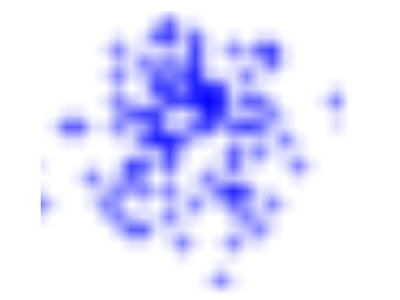


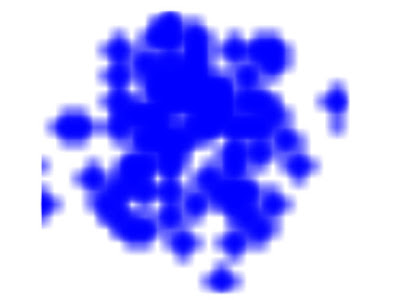
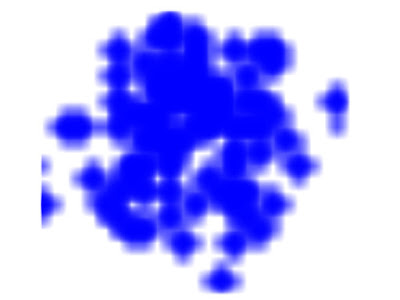



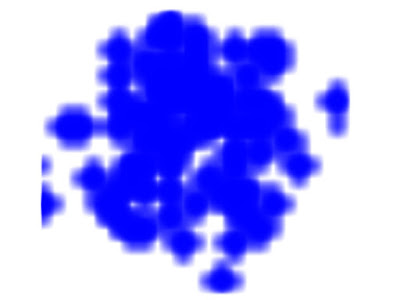

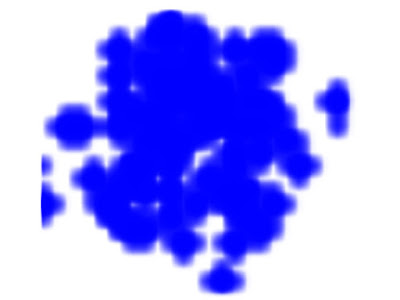

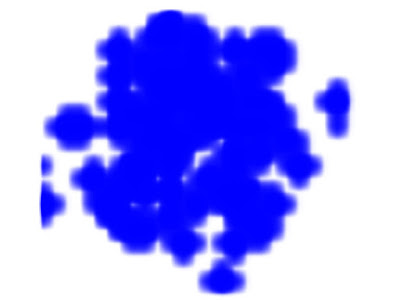
Friday, January 28, 2011
Feng Mengbo, Long March

From PS1 Website
Notes from visiting Jon Cates
Wednesday, January 26, 2011
conspiracy cropped

MacPaint Emulator













Drawings using a Macintosh 1.1 Emulator with original MacPaint.exe















